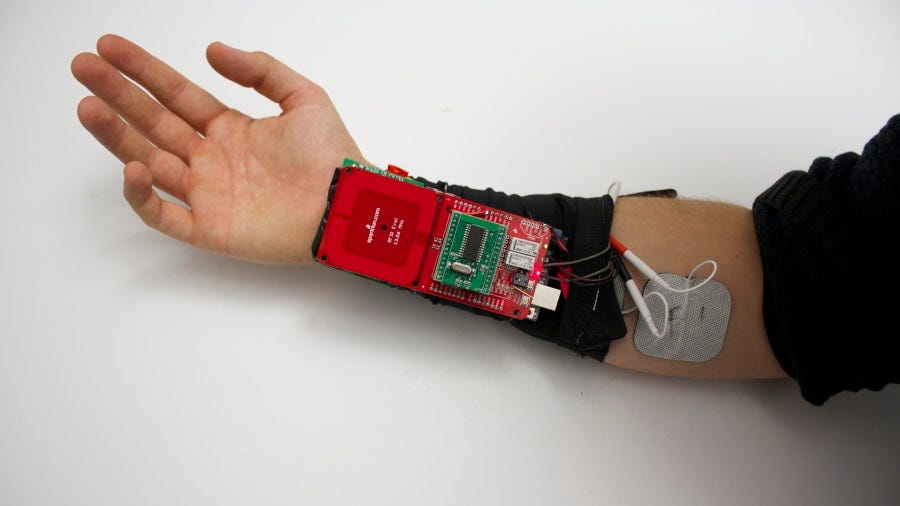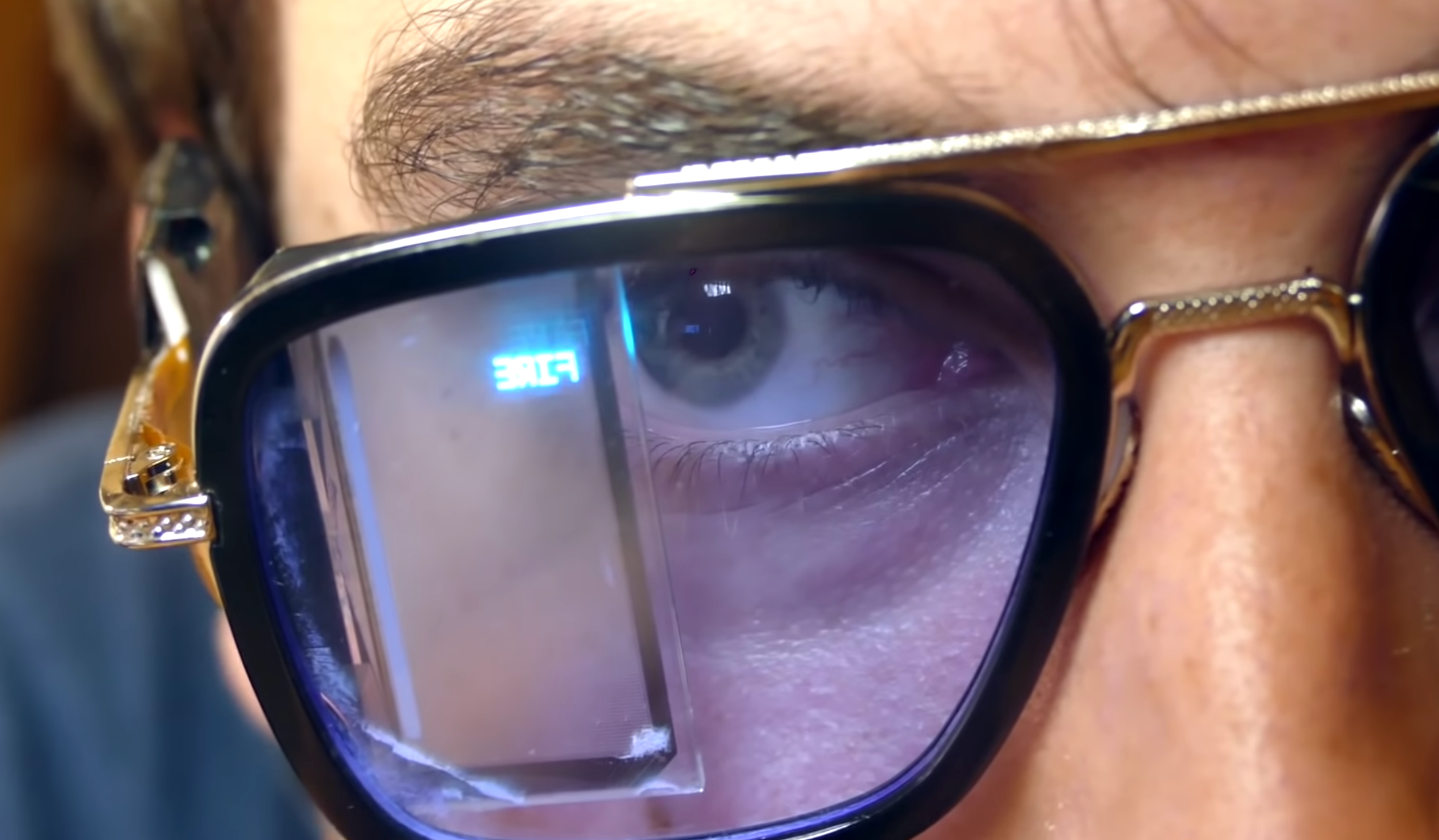Learn how computers work by building and programming a computer with the classic 6502 microprocessor. This was the first truly low-cost microprocessor that started the personal-computing revolution. Versions of 6502 found their way into the Atari 2600, Apple II, Nintendo Entertainment System, Commodore 64, Atari Lynx, BBC Micro and many other computers and game consoles of the era.
In this video series, I’ll build a basic 6502 computer with an LCD display and a few buttons, explain how to program it in assembly, and write a game or two.
Read more…




